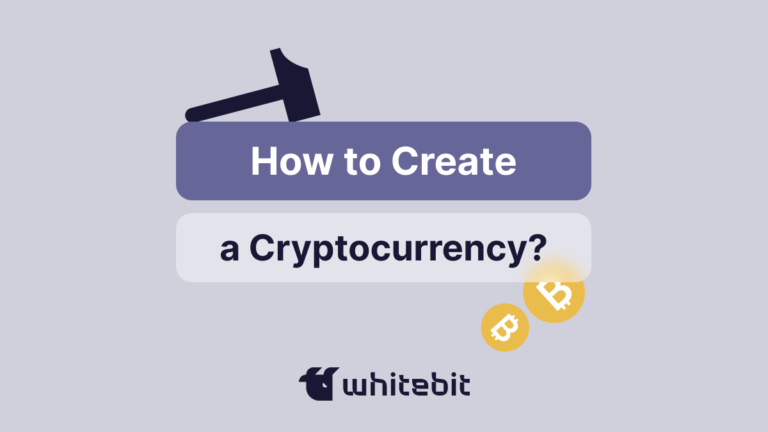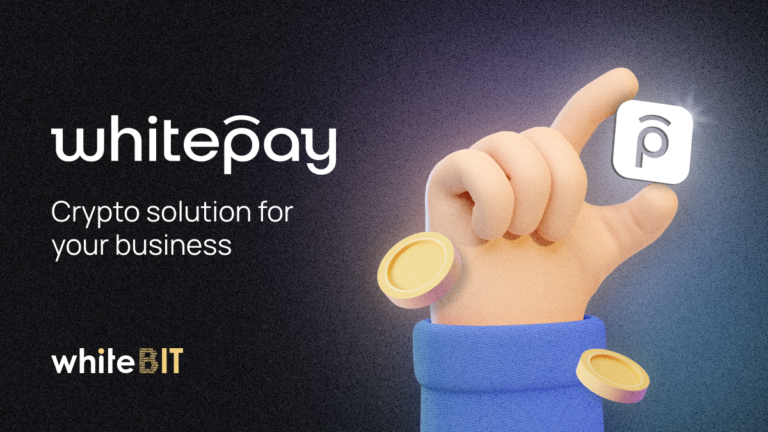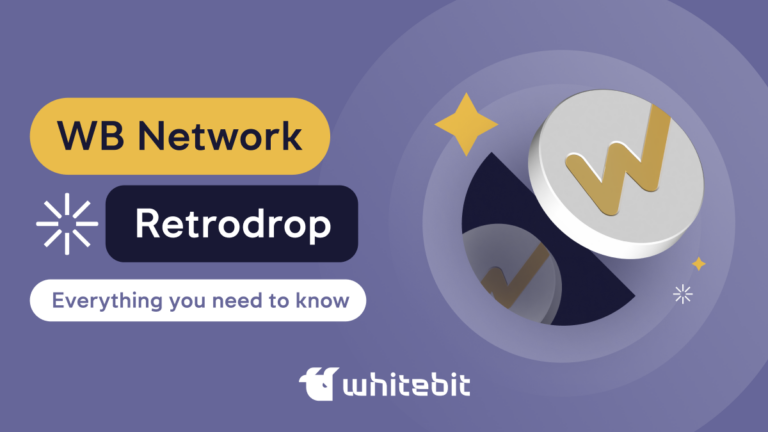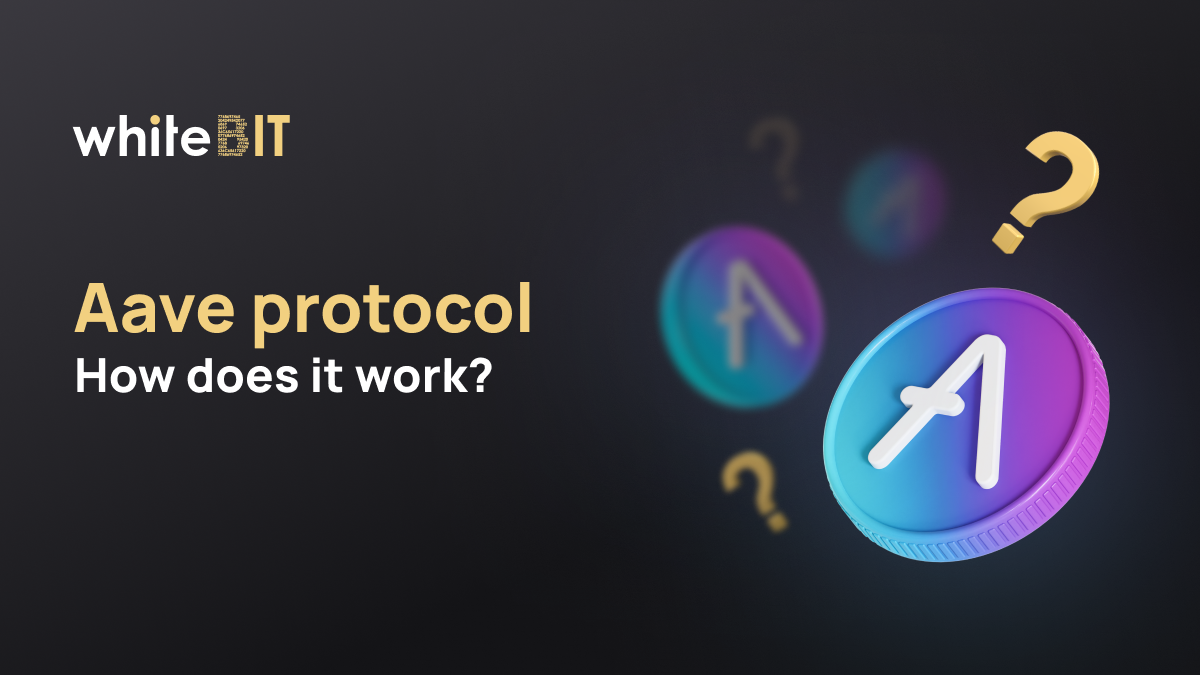What Is ERC-20 on the Ethereum Network?

Content
People used to think cryptocurrency was only about assets like Bitcoin and similar blockchain records. However, this is not the case for a long time already. There are numerous different tokens that serve their purposes: non-fungible tokens (NFT), Soulbound tokens, gaming tokens, and others. Among all these varieties, one token standard stands out the most — ERC-20. This is the most common standard for creating tokens on the Ethereum blockchain. Let’s find out what is ERC-20 token is and why it is essential in digital assets.
ERC-20 Token Standard: Basics
ERC-20 is a revolution in the cryptocurrency world and one of the most widely used token standards on the Ethereum blockchain. Before ERC-20, each token on the Ethereum network had its unique smart contract, making it difficult for different tokens to interact. It also complicated the development, as for a new token, it was necessary to write a smart contract and the logic of its interaction with smart contracts of other tokens from scratch.
Let’s understand how the token standard works with an example:
Imagine you’ve arrived at the “Ethereum” ski resort, and you need to exchange your money for lift tickets (tokens). After doing so, you realize that all the turnstiles (smart contracts) at the lifts accept different lift tickets. Now, you need to somehow exchange your lift tickets for the appropriate ones, and you’ll have to do this at each new turnstile. ERC-20 is a set of rules and actions that allow all “lift tickets” to interact not only with all the “turnstiles” at the “resort” but also with its entire ecosystem.
So what is ERC-20? The ERC-20 standard sets the rules according to which all tokens become compatible. This has allowed other protocols, platforms, and developers to create smart contracts that can use any token that complies with the standard without creating the logic for their interaction from scratch.
History of the ERC-20 Standard
Ethereum was the first blockchain to use smart contracts. Before Ethereum, every cryptocurrency had to have its blockchain. But even with this problem solved, it wasn’t easy to make different assets interoperable before the ERC-20 standard, as each had a unique smart contract. In other words, for exchanges or wallets to support a particular token, its creators had to develop new code each time.
Fabian Vogelsteller joined the Ethereum Foundation team in January 2015, 6 months before the launch of the core network. In November 2015, he proposed the ERC-20 standard, which implements an API for tokens within smart contracts. The request was the twentieth on the list. ERC is an acronym for Ethereum Request for Comment, a standard for code updates in the Ethereum protocol.
After the Ethereum development community gave the green light, the proposal was called the Ethereum Improvement Proposal (EIP-20).
The advent of ERC-20 unified the way tokens are created within the same network and made tokens interchangeable. With this standard, it is no longer necessary to prescribe the logic of interaction between different smart contracts. With the introduction of ERC-20, Ethereum has become a universal platform for blockchain applications, token launches, and ICOs.
Main Characteristics of the ERC-20 Protocol
The ERC-20 standard defines a set of properties that all tokens issued on the Ethereum blockchain must possess, namely:
- “totalSupply” — the total number of tokens to be issued;
- “balanceOf” — the initial number of tokens assigned to a certain address;
- “transfer” — function for transferring tokens from one address to another;
- “transferFrom” — a function to exchange tokens between users;
- “approve” — this function is used to check whether a smart contract can distribute tokens;
- “allowance” — allows checking the balance for sending tokens to another address.
Additional parameters of ERC-20 tokens
- name — token name;
- symbol — symbol or ticker;
- decimals — number of decimal places.
How ERC-20 Tokens Work
Smart contracts operate using the Ethereum Virtual Machine (EVM), and their actions are predetermined by algorithms for specific scenarios. Each ERC-20 token is fungible and has the same value.
Each ERC-20 token contract tracks token balances on Ethereum addresses and allows token transfers between addresses. When users initiate a token transfer, they invoke the «transfer» function in the smart contract, specifying the recipient address and the number of tokens to transfer. The smart contract then checks the transaction: if the sender has sufficient balance, the tokens are deducted from his balance and credited to the recipient’s address.
Benefits of the ERC-20 Standard
- Compatibility. The ERC-20 standard provides interoperability between different projects and applications on Ethereum. ERC-20 tokens can be easily exchanged and transferred on the Ethereum blockchain.
- Ease of creation and ease of use. Developers can easily create and customize tokens based on a template. For example, you can specify the name of the tokens, their total number, and ticker.
ERC-20 tokens can be stored in the same wallet as Ether cryptocurrency (ETH), making it easy for users to track and manage various assets in one place.
- Ecosystem Development. ERC-20 has played a vital role in the growth of the Ethereum ecosystem, enabling the development of projects in decentralized finance (DeFi), gaming, and other areas, popularizing blockchain technology globally.
Disadvantages of ERC-20
- High ERC-20 fees. All ERC-20 tokens share a common disadvantage of the blockchain — high fees. Because of this, the ERC-20 network has difficulties with scalability. Despite upgrading to Ethereum 2.0 and switching to the Proof-of-Stake (POS) algorithm, gas (name of commission in the Ethereum ERC-20 network) can still be quite high, reaching up to $20 per transaction.
- Fraudsters can use the standard. They customize the smart contract code to steal token holders’ funds. Since creating the token ERC-20 does not require much effort, it makes the standard attractive for various scam projects.
Alternative Standards
However, we should not forget about other token standards, each with its purpose. For example, ERC-721 for non-fungible tokens (NFT), ERC-1155, which creates both fungible and non-fungible tokens, ERC-777 with additional security features, ERC-884 for transactions with shares, and ERC-998, which allows tokenization of different standards. There are similar standards in other networks, such as TRC-20.
ERC-20 vs TRC-20: What Is the Difference
The difference between ERC-20 and TRC-20 isn’t that big. TRC-20 is the standard for tokens issued on the Tron blockchain, while ERC-20 is the standard for cryptocurrency on the Ethereum blockchain. The essential characteristics are much the same and perform roughly the same functions as a smart contract. It is worth noting that Tron is known for its low fees, and perhaps the best-known TRC-20 token is USD Tether (USDT), which is issued on this blockchain.
ERC-20 Tokens List: Which Cryptocurrencies Use This Standard
There are many projects that have the best ERC-20 tokens. Here is just a short list of the most popular assets that have ERC-20 token standard:
- Chainlink (LINK)
- Tether (USDT ERC-20)
- Uniswap (UNI)
- Dai (DAI)
- ApeCoin (APE)
- Aave (AAVE)
- Maker (MKR)
- Arbitrum (ARB)
- Wrapped Bitcoin (WBTC)
- The Sandbox (SAND)
Of course, this is a partial list, and many other assets are based on this standard. It is also worth noting that Tether ERC-20 USDT takes first place in the ERC-20 tokens list regarding capitalization, daily trades, and number of holders.
The current crypto prices can be found on WhiteBIT.
How to Store ERC-20 Tokens?
Everyone can choose a crypto wallet to their taste. The market offers various wallets that allow you to store ERC-20 tokens. The most famous cryptocurrency wallets include MetaMask and MyEtherWallet.
An ERC-20wallet can also be in the form of a hardware wallet. But before you send your assets, it is essential to ensure whether the wallet supports ERC-20.
You can also buy cryptocurrency and store ERC-20 tokens on crypto exchange wallets. However, the exchange should be secure and have a good reputation. For example, the WhiteBIT exchange stores 96% of digital assets on cold wallets and uses a Web Application Firewall (WAF) to detect and block hacker attacks. In addition, the platform has been audited by Hacken.io, a leading cybersecurity services provider specializing in blockchain technology.
According to audits by Hacken.io and the certified CER.live platform in 2022, WhiteBIT meets the highest security requirements and is one of the top three exchanges with the highest AAA rating. Storing funds on such an exchange is safe and convenient, as you can easily and fast convert your crypto.
How to Create ERC-20 Token?
You don’t have to be a programmer to create your ERC-20 tokens. You can copy the code of any ERC-20 token on GitHub and paste the copied smart contract on the remix.ethereum.org page. Next, you can change the parameters you need. The scheme is as follows:
- Open the site;
- Create a file named “new token”;
- Insert the code of the smart contract;
- Change the parameters in the code: the total amount of cryptocurrency, the number of decimal places, the token name and ticker, as well as its functionality;
- Check if there are any errors in the code by clicking “Compile new token”ґ;
- Connect a cryptocurrency wallet, for example, MetaMask;
- Click “Deploy” to launch the token;
- Pay the ERC-20 gas fee in ETH;
- Done! Your ERC-20 token is ready.
Conclusion
In conclusion, the ERC-20 standard on the Ethereum blockchain has become an integral part of the digital asset world. The emergence of ERC-20 has become one of the critical factors in the development of decentralized applications. And despite Ethereum’s high fees and difficulty scaling, the ERC-20 standard is still the foundation for many tokens. It plays a vital role in emerging new and promising blockchain projects.










